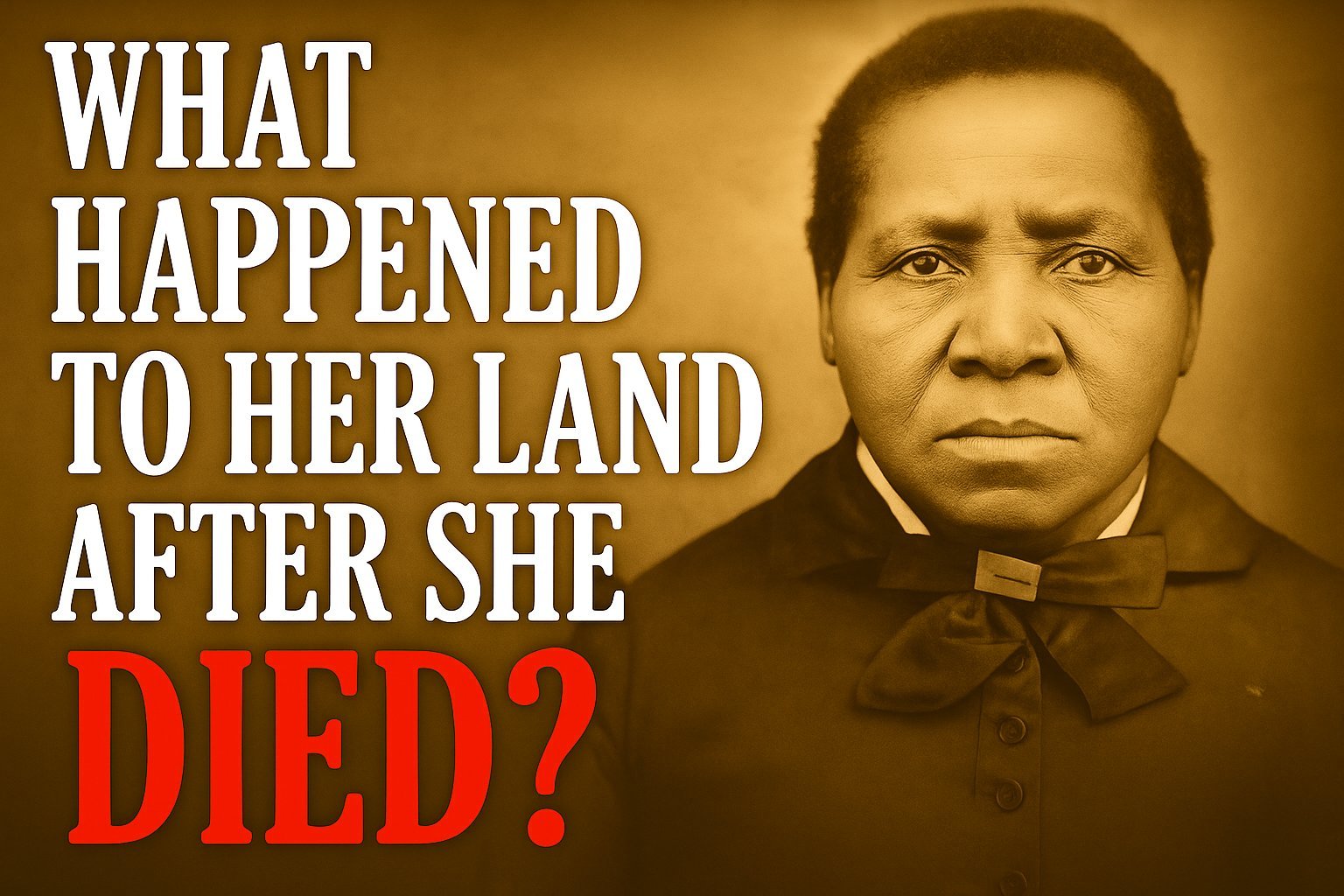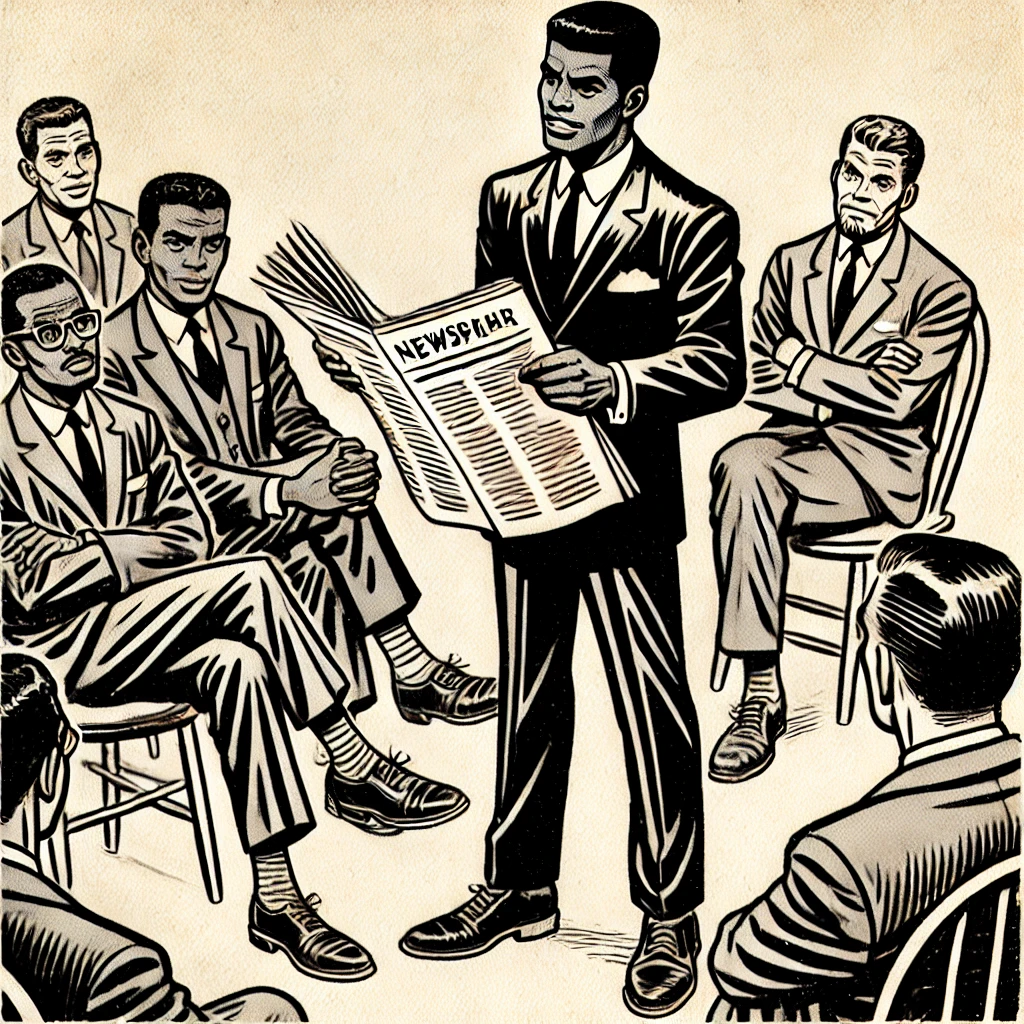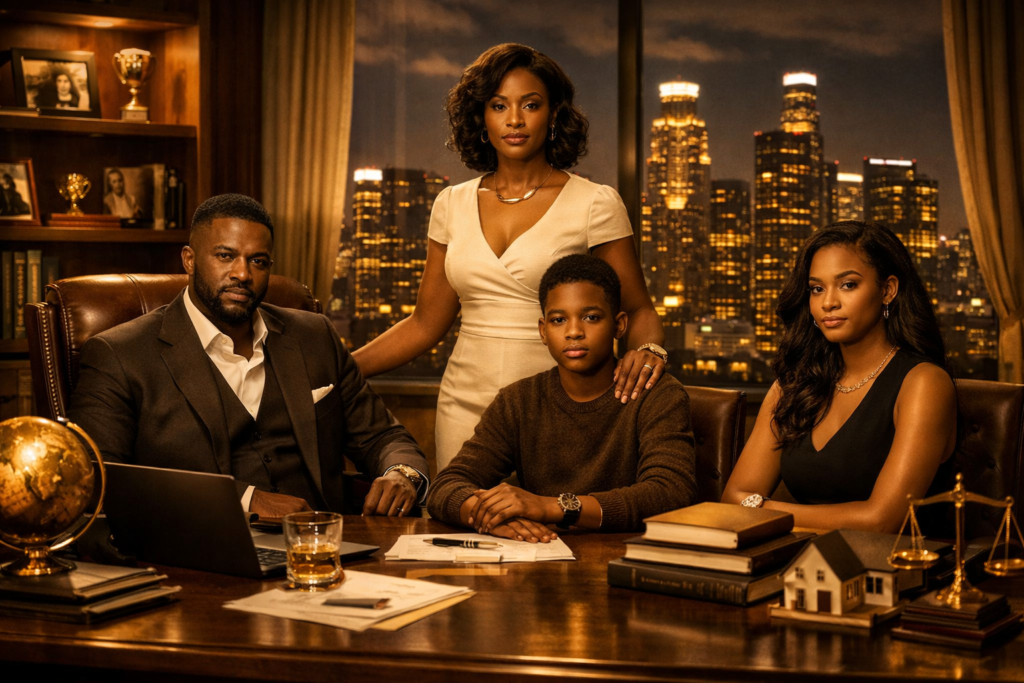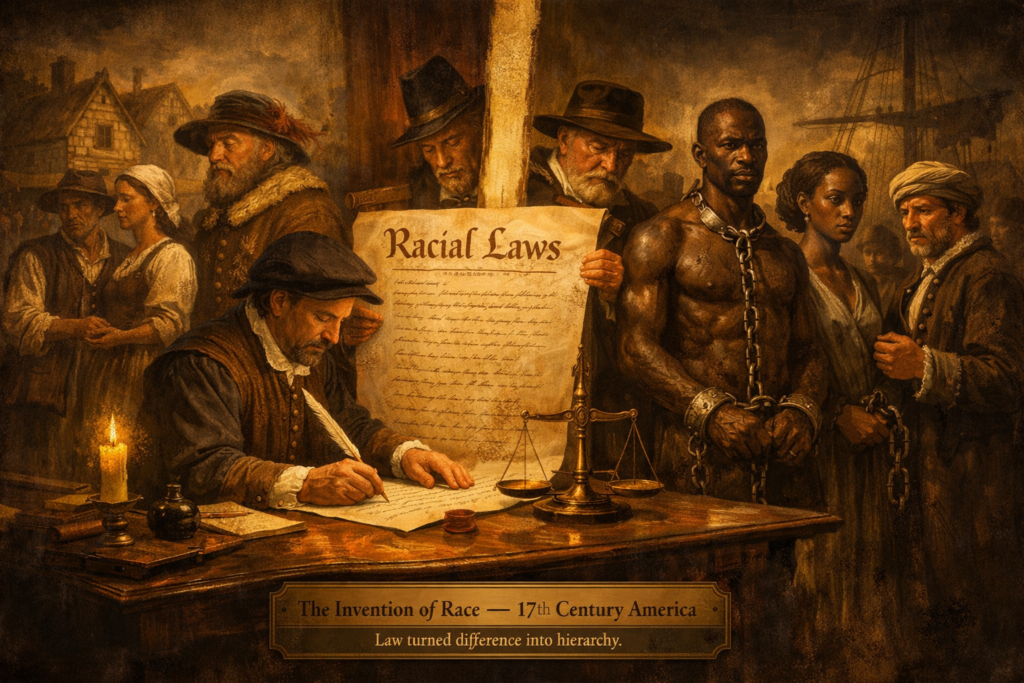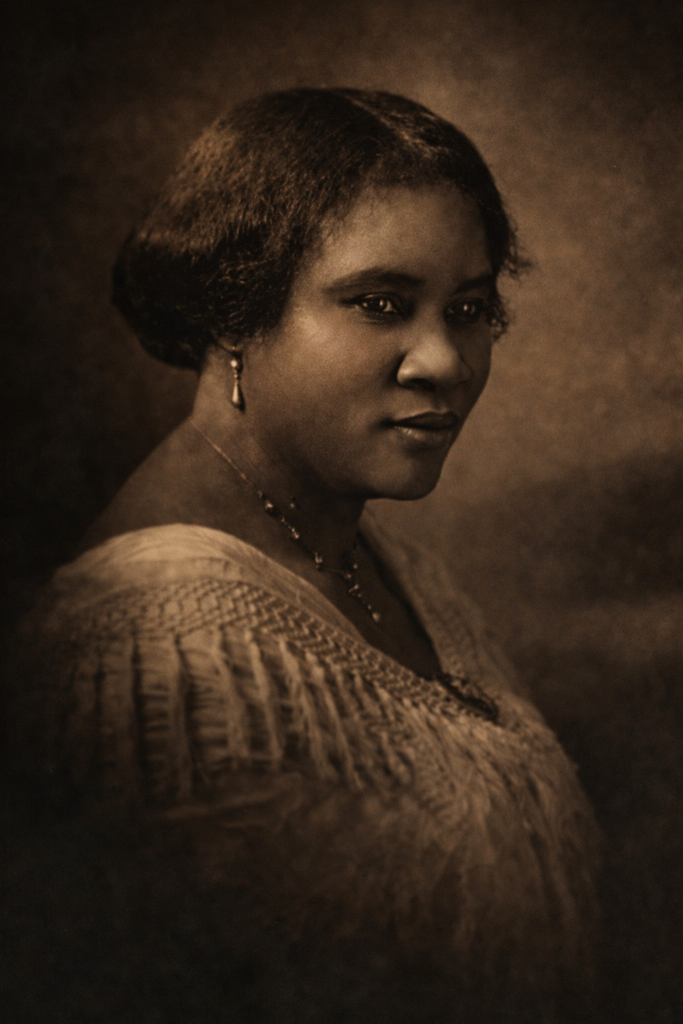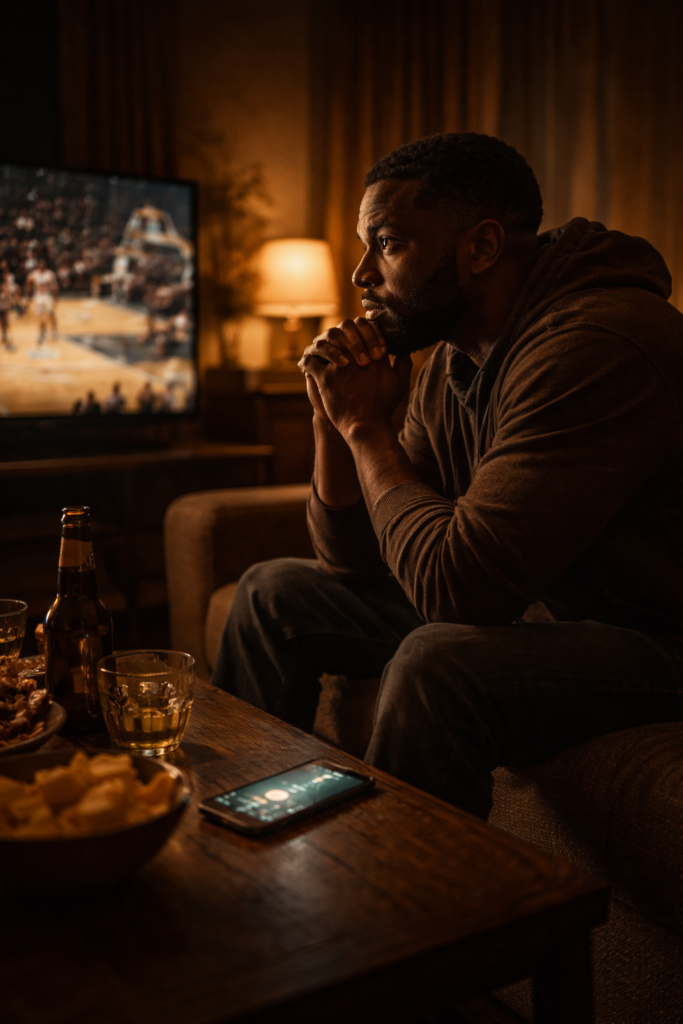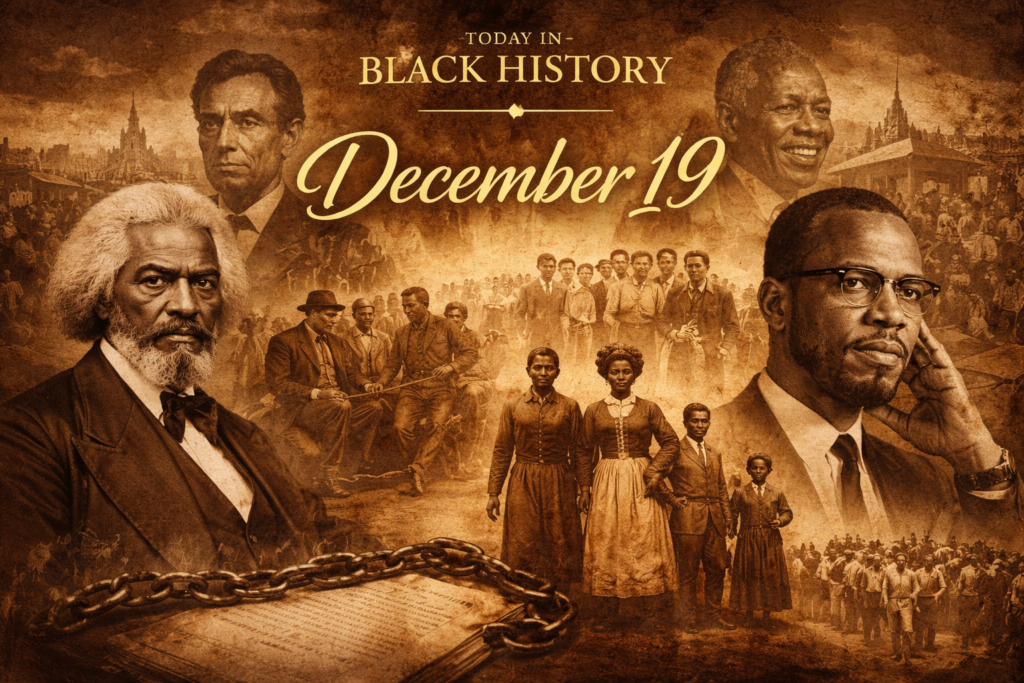Introduction to Biddy Mason’s Life and Legacy
Biddy Mason, born in 1818, is a significant figure in American history whose life story exemplifies resilience and determination. Originally enslaved in Georgia, she was brought to California by her owner, a man who later attempted to take her back into slavery. However, in 1856, this decision led Biddy to successfully petition the courts for her freedom, marking a pivotal moment not only in her life but also in the lives of many African Americans. Her emancipation allowed her to build a new existence, symbolizing hope amidst adversity.
Upon gaining her freedom, Biddy Mason became one of the first African American women to own property in Los Angeles. With her entrepreneurial spirit, she established a successful catering business that prospered and enabled her to invest in real estate. Throughout her life, she dedicated herself to her community, serving as a nurse and a midwife. Her contributions extended beyond her profession; she was an active philanthropist who provided assistance to the poor and advocated for the rights of African Americans.
Biddy’s impact was significant during a time when societal norms restricted the freedoms of her race and gender. Her resilience paved the way for future generations, and her legacy is remembered for its profound influence on the social fabric of Los Angeles. The establishment of the first African Methodist Episcopal Church in the city further illustrated her commitment to community and faith, creating a supportive environment that would uplift many. As we delve deeper into the life and legacy of Biddy Mason, it becomes essential to explore the fate of her land after her death, an inquiry that reveals the enduring significance of her contributions.
The Value and Location of Biddy Mason’s Property
Biddy Mason, born a slave in 1818, made remarkable strides in her life, eventually acquiring a significant amount of property in Los Angeles during the 19th century. The land she acquired was primarily located in what is now known as the West Adams neighborhood, an area that has undergone considerable transformation. Initially, Mason’s land served as a site for her entrepreneurial ventures, including a successful midwifery practice, which not only demonstrated her resilience but also highlighted her commitment to community and social welfare.
The original purpose of Mason’s property was largely residential, but it also included spaces where she operated her businesses. During the late 1800s, the area was a mix of farmland and emerging urban development, which created a unique backdrop for her investments. Biddy Mason’s holdings evolved as the city of Los Angeles expanded, reflecting both the economic opportunities and the social challenges of her time. The societal shifts regarding property ownership and racial equality shaped the context in which she was able to acquire and maintain her land, especially after gaining her freedom in 1856.
The value of Mason’s property has significantly increased over the years, especially considering its geographic significance. What began as humble land holdings have transformed into valuable real estate in modern-day Los Angeles, known for its desirable location. By the late 20th century, the once modest neighborhood became a sought-after area, illustrating how real estate values can soar, influenced by urban development and changing demographics. Today, Biddy Mason’s legacy continues to contribute to the narrative of Los Angeles, as her land is part of a rich historical context that celebrates her contributions and the struggles of African Americans in the city.
Events Following Biddy Mason’s Death
After Biddy Mason passed away in 1891, her death marked the beginning of a series of significant events that shaped the future of her estate and her legacy. Initially, her will was probated, revealing her intentions regarding the distribution of her considerable wealth and properties, which primarily included valuable land in Los Angeles. Mason, known for her remarkable life and contributions to the community, had a considerable influence in the city, thus making her estate a matter of public interest.
The handling of her will led to legal battles, particularly among her heirs. Mason’s decision to leave her estate to her children sparked disputes, as various family members sought to claim their share of the inheritance. The legal landscape surrounding her estate was complex, reflecting the broader societal issues of the time, including racial and gender dynamics. Her heirs faced challenges not only in the legal system but also in navigating societal prejudices, as Mason was an African American woman who had lived a life of resilience against significant odds.
Throughout the proceedings, efforts emerged to preserve Biddy Mason’s legacy. Local community members and organizations recognized her contributions to Los Angeles, particularly her philanthropic work in establishing schools and healthcare services. These entities began advocating for her memory, ensuring that her story would not be forgotten. Commemorative events and initiatives aimed at honoring her life and contributions gained momentum in the years following her death, emphasizing the importance of her impact on Los Angeles’ cultural and historical tapestry.
As time progressed, the memory of Biddy Mason became intertwined with the narrative of the city she helped shape. The commemoration of her life not only celebrated her achievements but also reinforced the significance of her legacy in inspiring future generations. Despite the legal turmoil that surrounded her estate, Biddy Mason’s story continued to resonate, ensuring that her contributions were acknowledged and remembered within the fabric of Los Angeles society.
The Modern Legacy of Biddy Mason’s Land
Biddy Mason’s land, once a substantial property in the heart of Los Angeles, has undergone significant transformation since her passing in 1891. Today, the site where her land once flourished has become a vivid testimony to her enduring legacy and a symbol of one woman’s triumph over adversity in a landscape fraught with racial and social challenges. The location, a few blocks away from the iconic Los Angeles City Hall, is now home to various developments that reflect both the historical significance and contemporary cultural presence of the area.
The most notable landmark is the Biddy Mason Memorial Park, which was established to honor her contributions and serve as a public space that promotes dialogue about her life and struggles. The park features a sculpture of Mason, surrounded by gardens and pathways that invite visitors to reflect on her legacy. Various organizations—including the Biddy Mason Foundation—actively promote events and educational programs that engage the community in discussions about land ownership, racial equity, and the historical context of Mason’s life. Such initiatives highlight her profound impact on issues of social justice, making her story relevant to modern audiences.
Furthermore, the repurposing of Biddy Mason’s land has offered a platform for raising awareness about the ongoing fight for land rights and the recognition of African American contributions to Los Angeles’ development. Events such as workshops, walking tours, and lectures serve to not only commemorate her legacy but also inspire current generations to advocate for equality in a society still grappling with these essential issues. As such, Biddy Mason’s land has evolved from being a private property into a shared heritage site that fosters dialogue and inspires change, reinforcing her status as a beacon of hope and resilience in the community.
